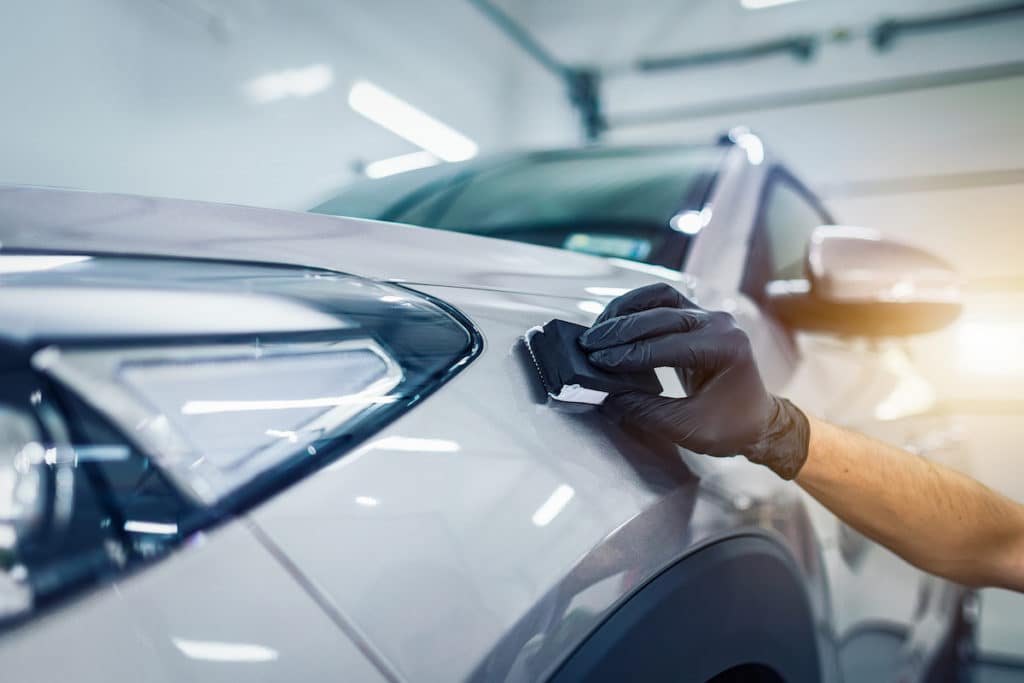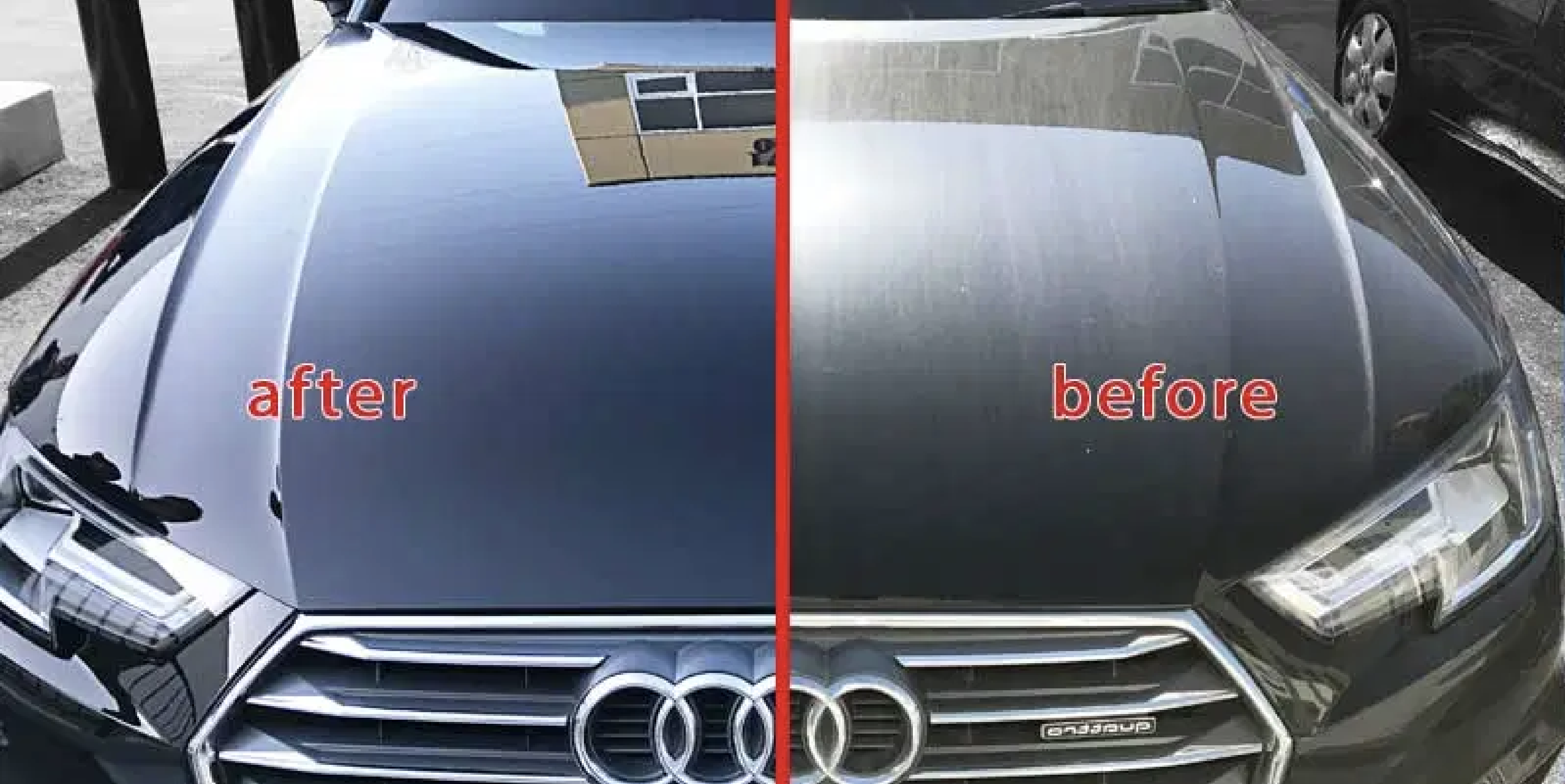A Comprehensive Overview to the Sorts Of Ceramic Finishing on the Market
Ceramic finishings have become an essential solution throughout various sectors as a result of their one-of-a-kind homes and applications. From silica-based formulas recognized for their effectiveness to hybrid options that combine several benefits, the selections readily available can be frustrating. Comprehending the nuances of each kind, including their particular benefits and excellent usage instances, is essential for making informed decisions. As we explore the distinct characteristics and applications of these coverings, the implications for efficiency and long life end up being significantly noticeable, questioning regarding which kind could best suit your needs.
Understanding Ceramic Coatings
Ceramic layers are sophisticated protective solutions that have acquired popularity in various industries, specifically in automobile and aerospace applications. These finishes include a fluid polymer that, when cured, creates a long lasting, hydrophobic layer on the surface area of the substratum. This layer provides enhanced resistance to environmental pollutants, UV radiation, and chemical direct exposure, thereby extending the life and aesthetic allure of the underlying material.
The basic component of ceramic finishings is silica, which contributes to their hardness and longevity. The application process normally entails surface prep work, application of the covering, and treating, which can be attained with warm or UV light. When treated, ceramic coverings display exceptional bonding residential or commercial properties, enabling them to stick highly to a selection of surface areas, consisting of metals, plastics, and glass.
Along with their protective functions, ceramic finishings also provide simplicity of maintenance. Their hydrophobic nature decreases the adherence of dirt and gunk, making cleaning simpler and much less frequent. In general, the adoption of ceramic coatings stands for a considerable advancement in surface area defense technology, providing both practical and aesthetic benefits throughout multiple sectors.
Types of Ceramic Coatings
Numerous sorts of ceramic finishings are offered, each developed to meet specific performance needs and applications - Paint Protection Film. One of the most typical kinds include:
Silica-based Coatings: These layers mostly include silicon dioxide and are known for their resilience and chemical resistance. They are widely utilized in vehicle and industrial applications.
Titanium Dioxide Coatings: Popular for their photocatalytic residential or commercial properties, titanium dioxide finishes are usually applied in settings where self-cleaning and antifungal properties are preferable, such as in building products and vehicle coatings.
Zirconia Coatings: Characterized by their high-temperature stability and thermal resistance, zirconia finishings are utilized in applications such as generator engines and high-performance automobile elements.
Alumina Coatings: Exhibiting outstanding firmness and thermal stability, alumina coatings are frequently utilized in wear-resistant applications, including reducing devices and commercial equipment. - ceramic coating sarasota
Crossbreed Coatings: Incorporating the properties of numerous materials, crossbreed finishes provide boosted efficiency characteristics, making them appropriate for distinct and demanding applications.
Each type of ceramic finishing serves distinct purposes, allowing users to pick one of the most suitable remedy based upon details ecological problems and performance requirements.
Benefits of Ceramic Coatings
Coatings play an essential role in enhancing the performance and durability of surfaces across various markets. Ceramic coverings, particularly, deal many benefits that make them progressively prominent among makers and customers alike. One of the key benefits is their extraordinary sturdiness. These coverings are resistant to scratches, chemicals, and UV rays, guaranteeing that the underlying surface remains safeguarded with time.
Along with sturdiness, ceramic coverings give outstanding hydrophobic properties, enabling for simple cleaning and upkeep. This water-repellent nature decreases the adherence of dirt, gunk, and various other impurities, which can extend the visual charm and capability of the surface area. Ceramic coatings can substantially enhance thermal resistance, why not try these out making them perfect for applications that endure high temperature levels.

Application Process
When using ceramic finishes, a precise method is important to attain ideal results. The application process typically starts with complete surface preparation. This involves cleaning, decontaminating, and brightening the surface area to eliminate all contaminations, including dust, oil, and prior waxes or sealers. A tidy surface guarantees proper attachment of the finishing.
Once the surface is prepped, the following step is to apply the ceramic finishing. This can be done making use of an applicator pad or a microfiber fabric, guaranteeing also protection. It is crucial to operate in small areas to preserve control and avoid early curing. The covering must be applied in thin layers, as thicker applications can result in unequal finishes.
After application, the covering calls for a details treating time, commonly ranging from a few hours to a complete day, depending upon the item. During this moment, it is crucial to stay clear of exposure to moisture or contaminants. A gentle buffing may be required after curing to boost the gloss and get rid of any ceramic coating sarasota high areas. Complying with these steps faithfully will make best use of the effectiveness and durability of the ceramic covering, giving a durable safety layer for the surface.
Maintenance and Long Life
To guarantee the longevity and efficiency of a ceramic coating, normal maintenance is important. Ceramic finishings, recognized for their sturdiness and safety high qualities, require details treatment routines to optimize their life-span and efficiency.
In addition to normal washing, regular assessments are important. Search for signs of wear or damages, such as hydrophobic residential properties diminishing or surface area blemishes. If needed, a light gloss might be used to rejuvenate the finishing without removing it away.
In addition, the application of a booster spray can enhance the finishing's hydrophobic results and recover its gloss. This is particularly valuable for finishings that have actually been in usage for an extended duration. Inevitably, by sticking to these maintenance techniques, one can Click This Link dramatically extend the life of a ceramic covering, ensuring that it remains to offer optimum protection against environmental factors and keep the aesthetic charm of the automobile.
Conclusion
